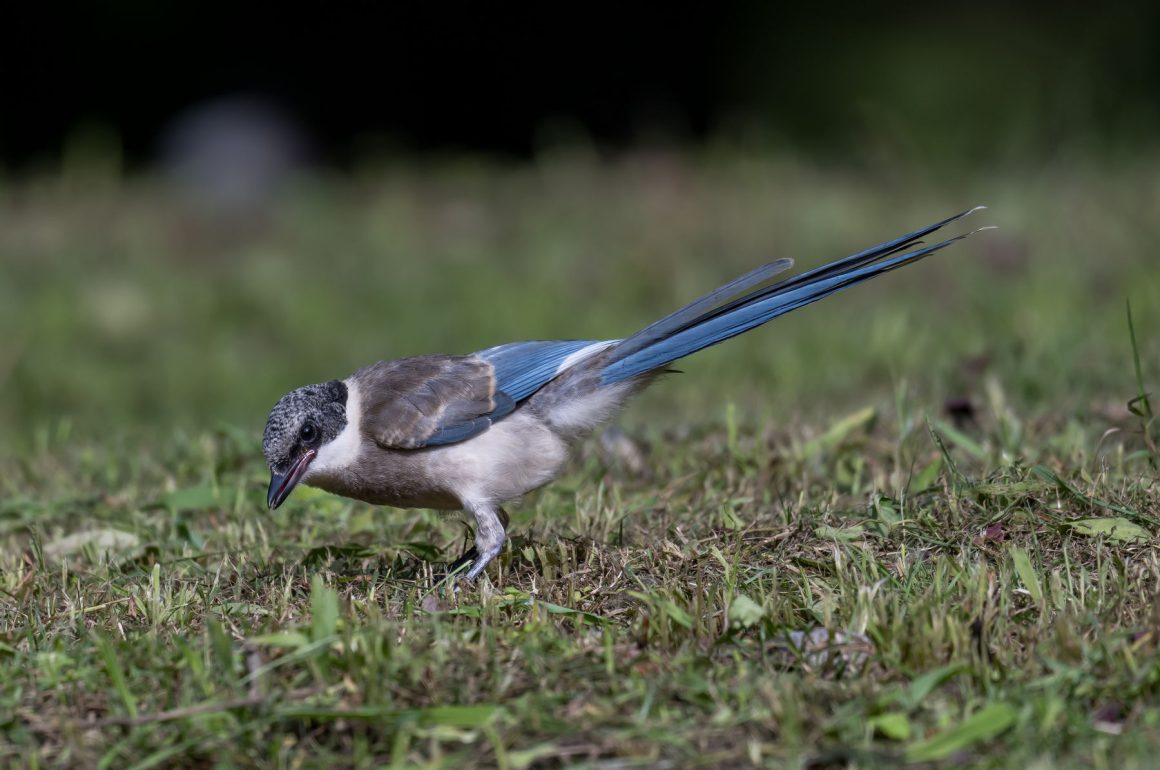
July is the least interesting month for birding in Shanghai – it is too hot, and there is pretty much no migration. A good month to go abroad and watch birds elsewhere, which I did (Indonesia). Still, due to the unofficial and cruel rules of a heartless blog editor (a German, of course), I have to write a post about birding Shanghai this month. Just remember that this does not mean you actually have to read it.
I only saw a few slightly interesting birds in Shanghai this month, mainly in an early-morning outing to Shanghai’s Binjiang Park. It followed the by now almost established pattern of me entering the park through a back entrance at around 5 am (the official entrance only opens at 8 am), at some point being detected by some rather rude guard yelling at me to get out and taking photos of me (I responded in kind), me eventually ignoring him and nothing resulting from the encounter. I wonder if Chinese birdwatchers – who enter the park as early as me and through the same entrance – get the same treatment.
Anyway, a spotlight on Swinhoe’s Minivet breeding in Shanghai’s Binjiang Forest Park.
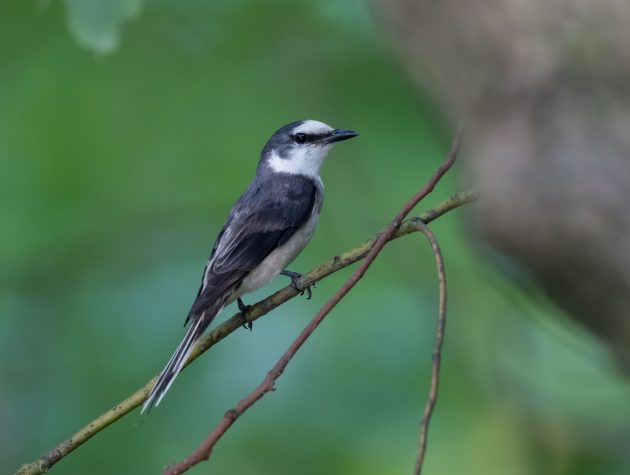
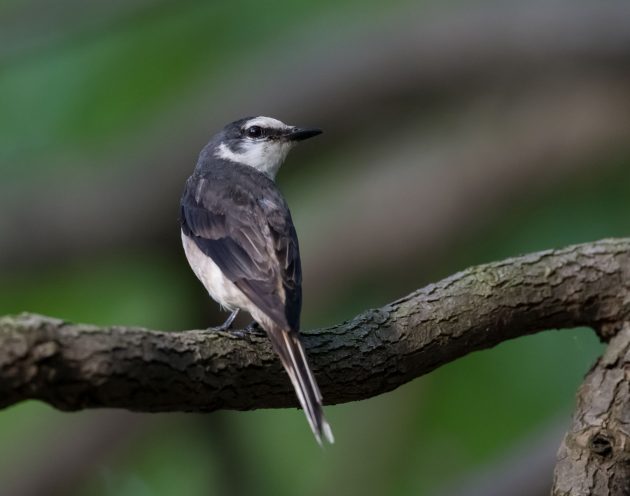
For reasons I do not fully understand, an interesting scientific article is illustrated with a photo of a Swinhoe’s Minivet, without the species being mentioned. Anyway, the study found on islands off the coast of China, there were more bird species in agricultural than in forested areas – quite the opposite of what the researchers expected.
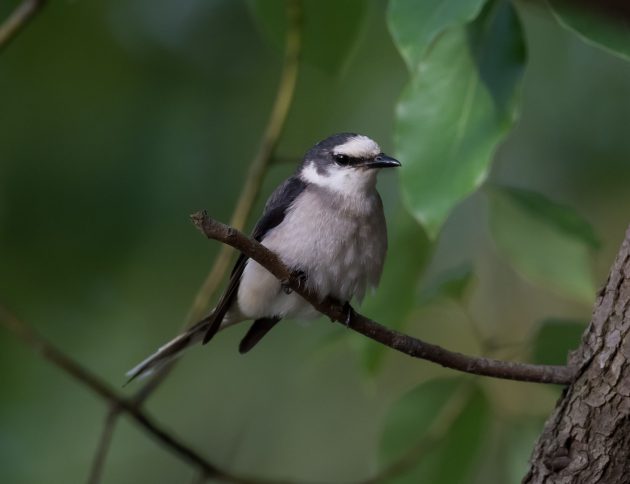
Any interesting research results (and many not-so-interesting results as well) are typically followed by a call for more research. The paper is no exception: “We need additional research to better understand why bird evolution, and the evolution of species in general, is different on islands so that we can better protect and sustain biodiversity in other human-dominated ecosystems.”
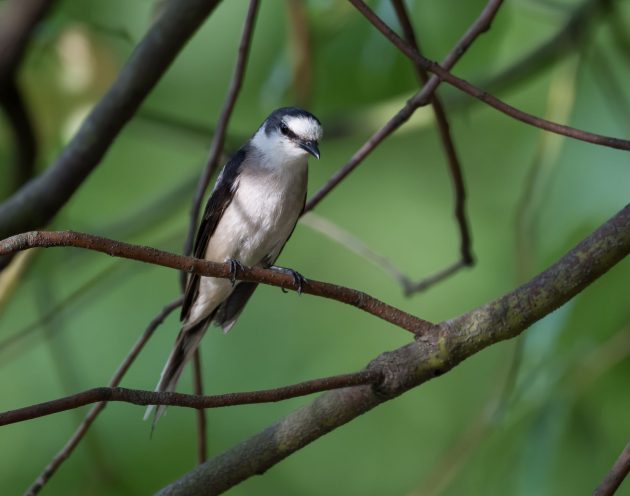
In any case, this is much more interesting than a paper just reporting on the first sightings of Swinhoe’s Minivet in Gujarat, India.
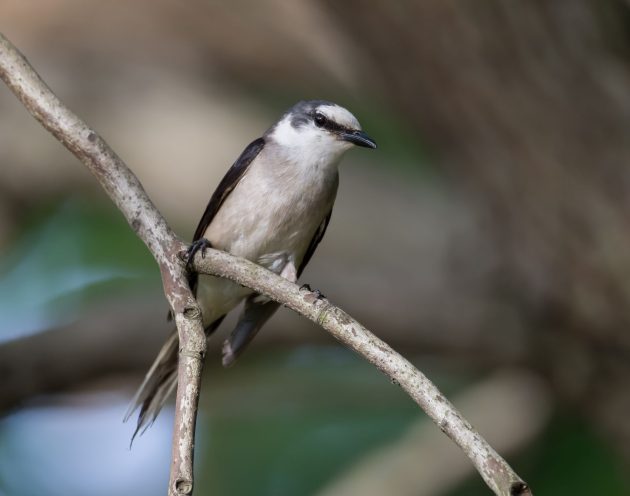
Somewhat surprisingly, the park also seems to have breeding Japanese Thrushes (apparently with a rather limited sense of geography).
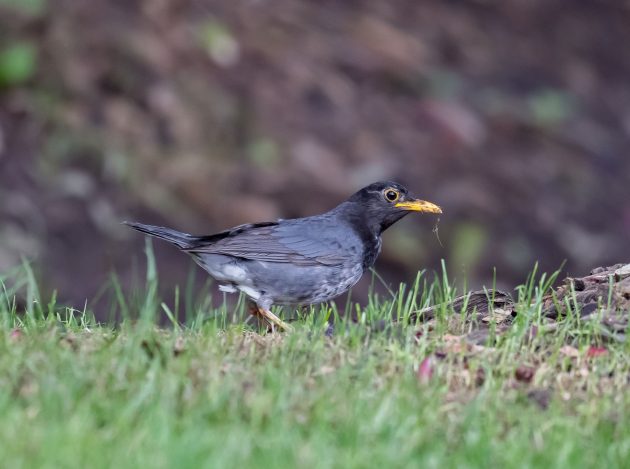
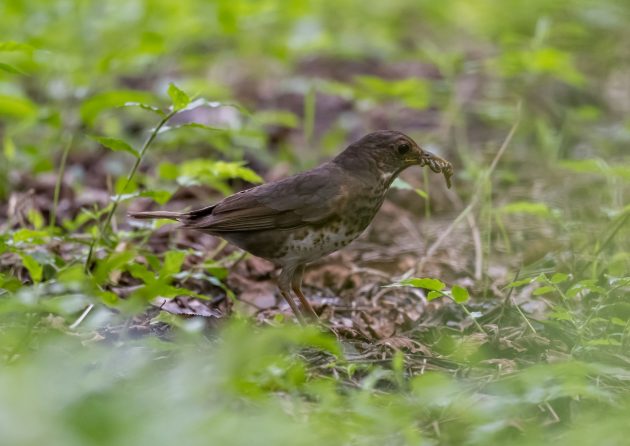
The fact that it has been seen in India emphasizes that it may not be able to read maps properly.
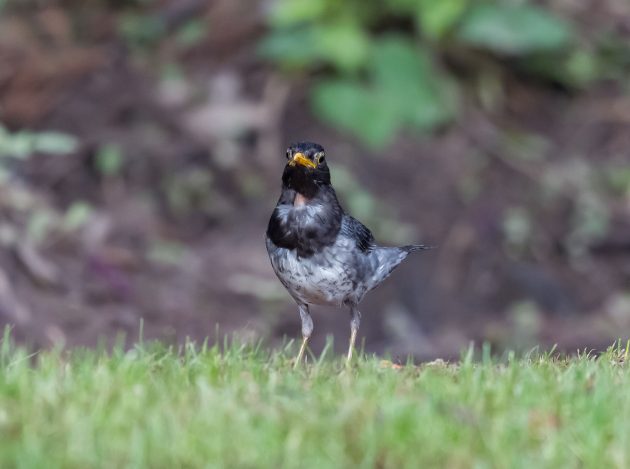
What else in the park? Eurasian Hoopoe …
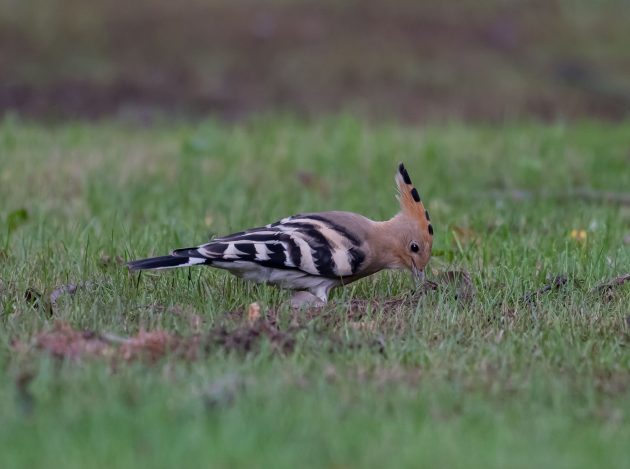
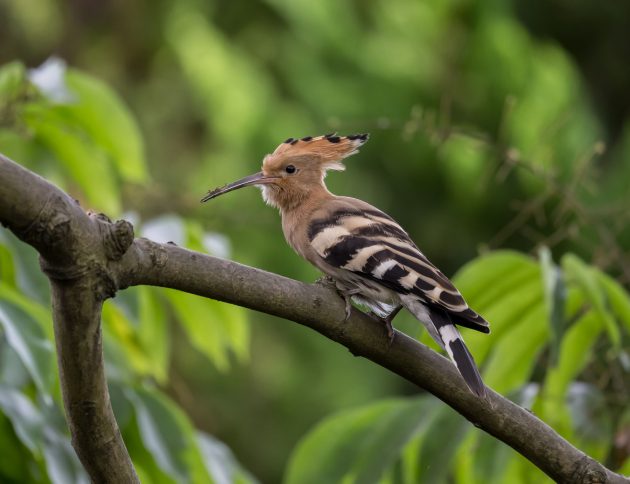
… Chinese Hwamei …
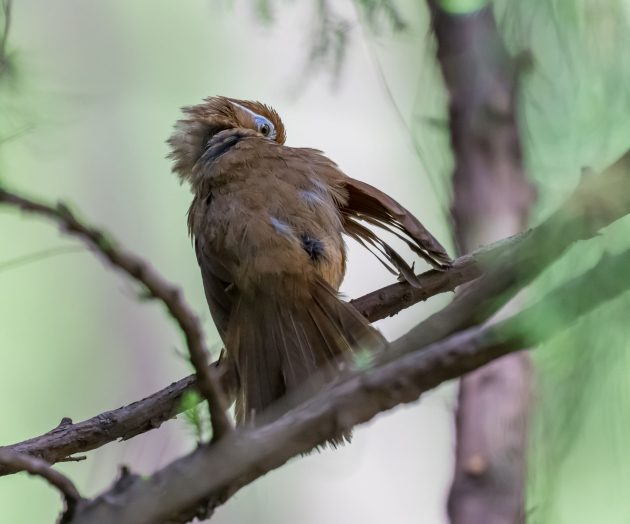
… Oriental Magpie-robin (a species that apparently has slower and longer songs in cities than on the countryside, in a marked reversal of the perceived greater speed of urban life for humans) …
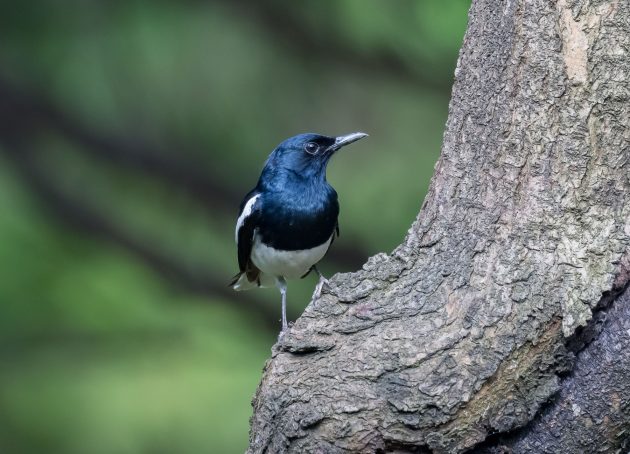
… White Wagtail (unsurprisingly, given the name of the bird, one researcher tried to identify the purpose of the tail wagging, coming up with three hypothetical functions, flushing insects, displaying submission and signalling alertness to predators, and settling on the last one as the most likely explanation) …
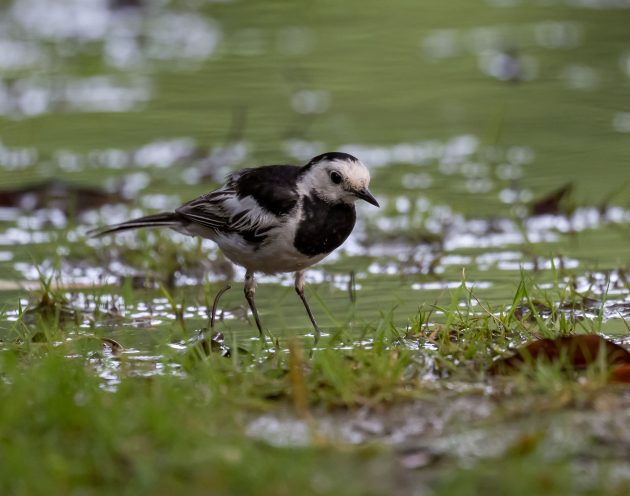
… and the rather attractive Azure-winged Magpie …
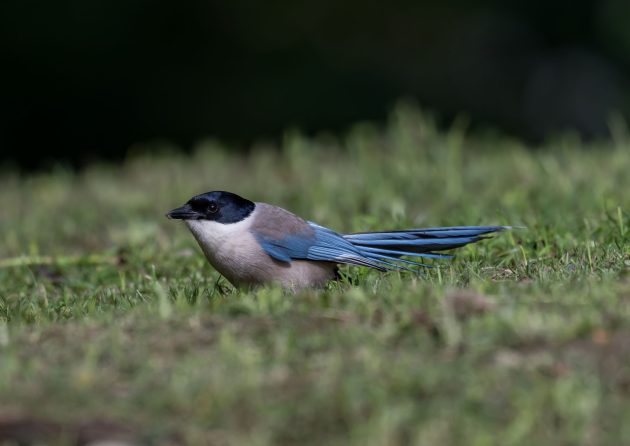
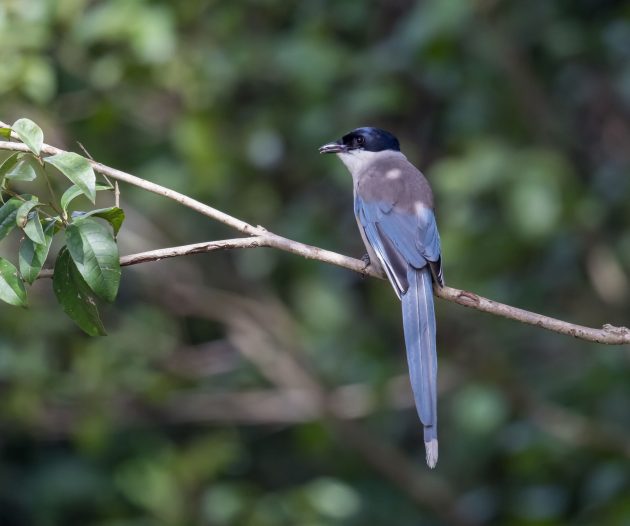
… with juveniles.
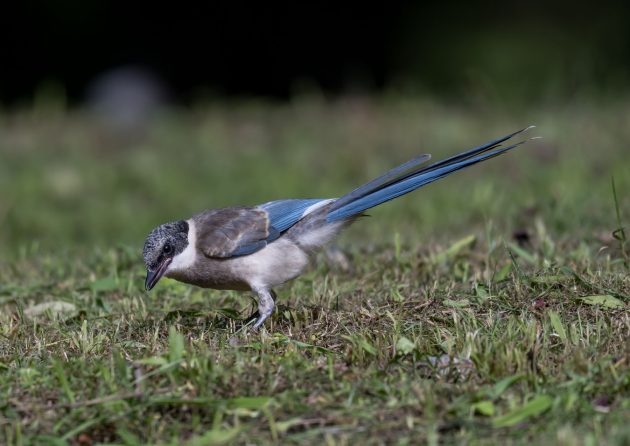
Chongming Dongtan brought another set of birds on a really hot day at the end of the month.
A Striated Heron, which I had just seen on Sulawesi two weeks earlier (it was actually cooler there than in Shanghai) …
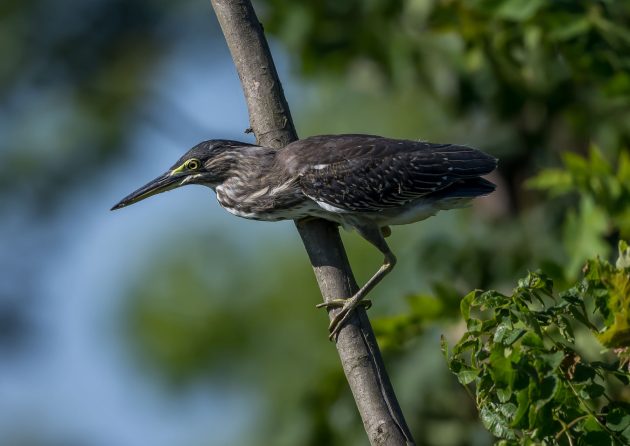
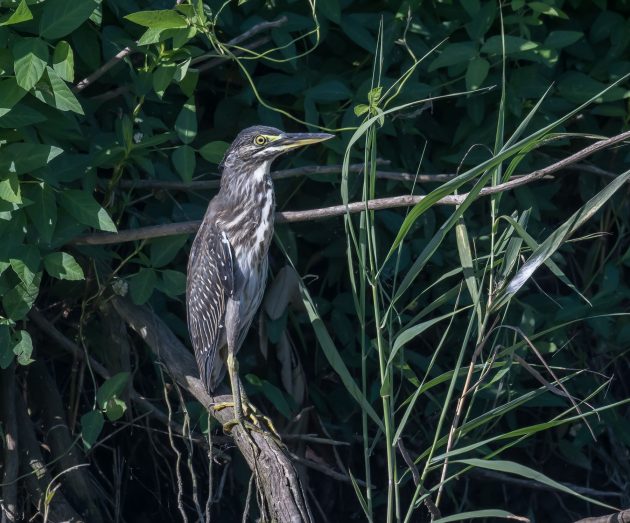
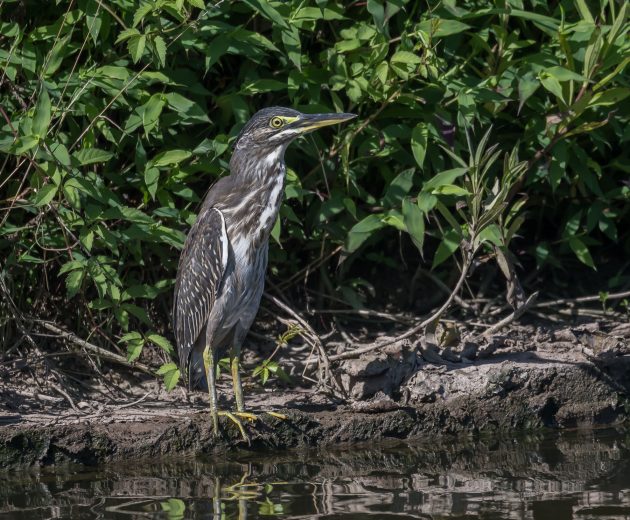
… a Yellow Bittern, very secretive as usual …
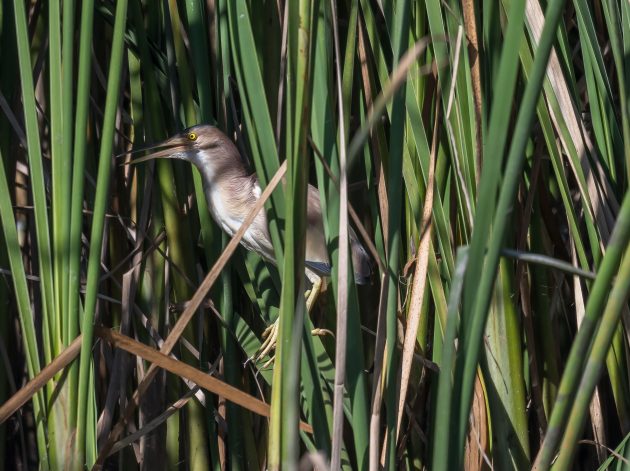
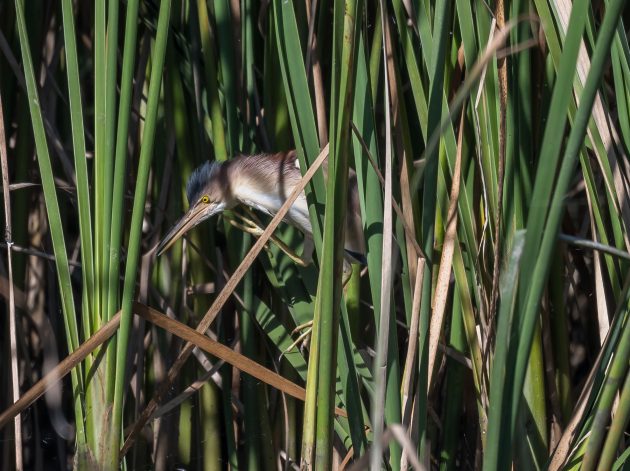
… Chinese Pond Herons in various stages of plumage …
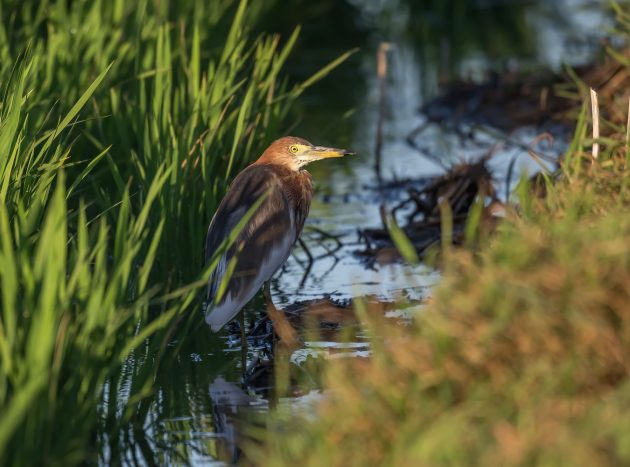
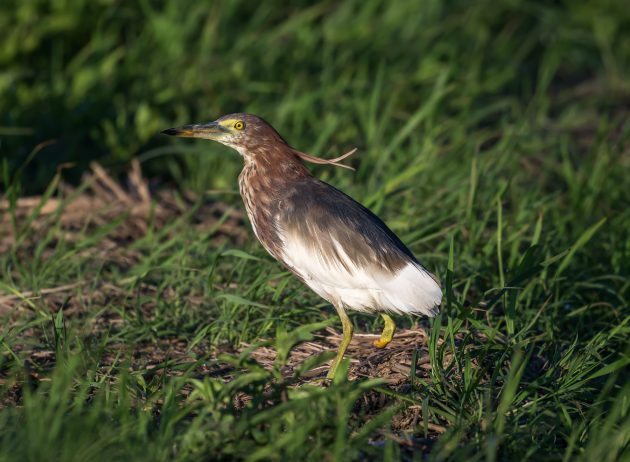
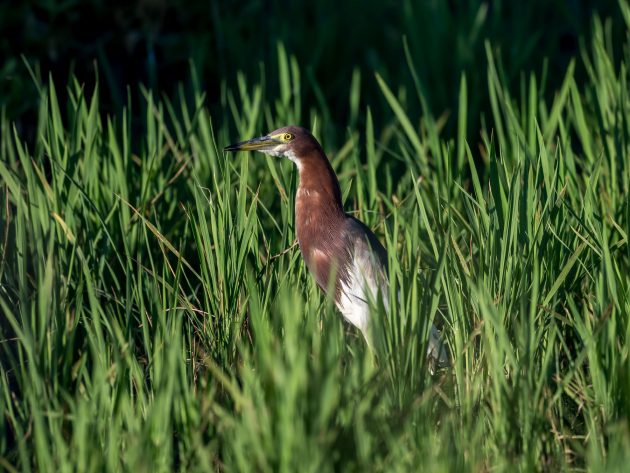
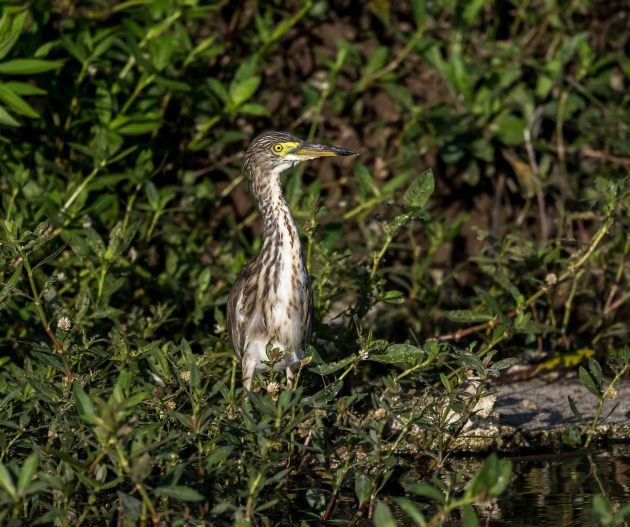
… along with vast numbers of Cattle Egrets …
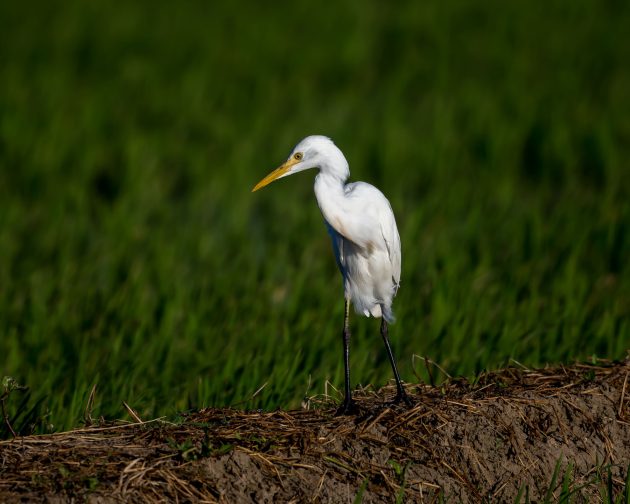
… (a species regarded by the not-very-bird-oriented journal “Environmental Chemistry and Ecotoxicology” as a suitable near-global indicator for comparable pollution studies) …
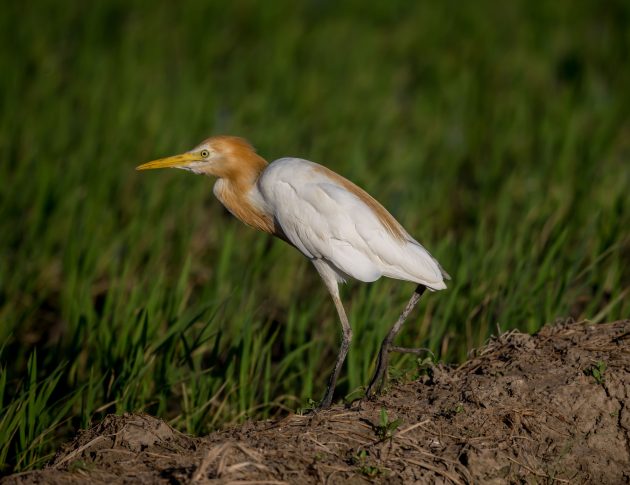
… (it is indeed very widespread and for example breeds in all but 6 US States) …
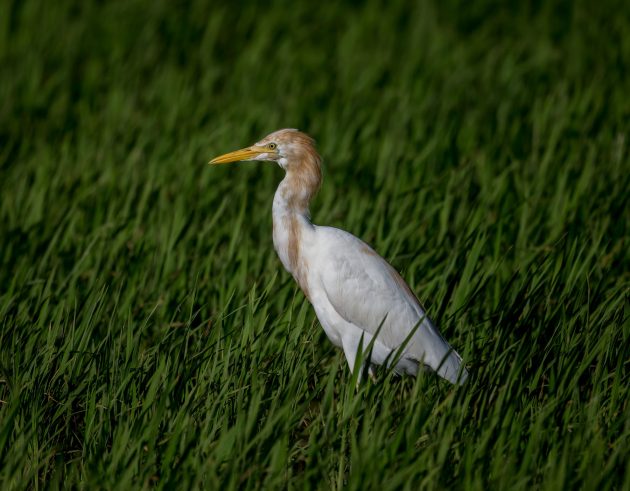
… and Little Egrets.
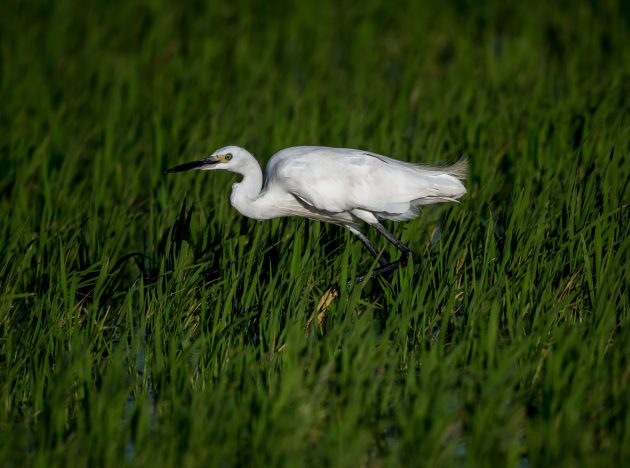
For these, one paper describes their low breeding success as a consequence of either building their nests too high (wind!) or too low (children, egg collectors).
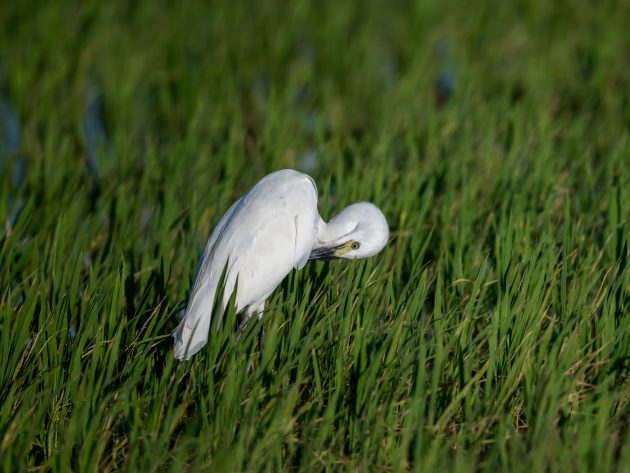
Whenever there is a little bit of unused space, sometimes even in public parks, some Shanghainese will utilize the space and plant something edible. It seems the Red-billed Starlings benefit from this.
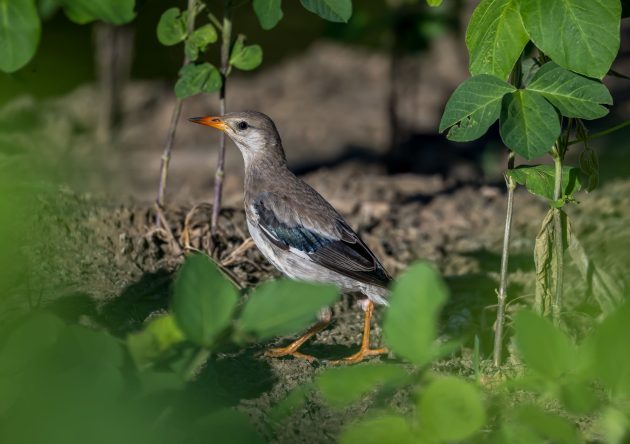
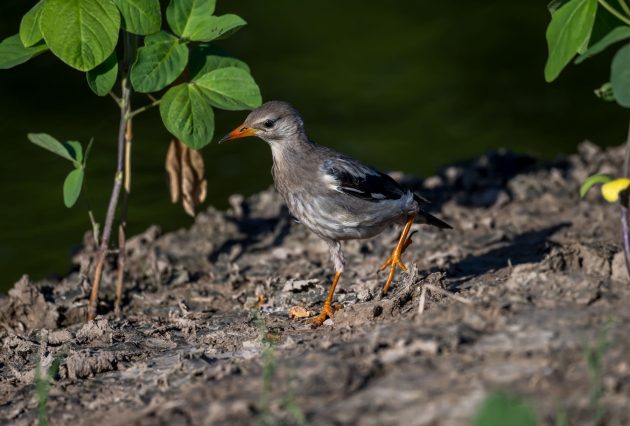
The canals on Chongming Island are utilized by Common Kingfishers.
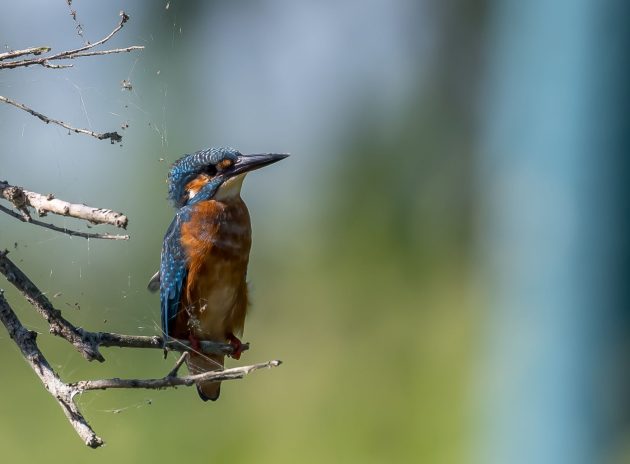
The atthis (which Grammarly, doubting my typing proficiency and probably using some algorithm based on the usage frequency of English words, wants to correct to “at this”) in the scientific name Alcedo atthis refers to Atthis of Greek mythology, a handsome, richly-dressed Indian youth and son of Limniace, nymph of the Ganges. It is a handsome bird indeed.
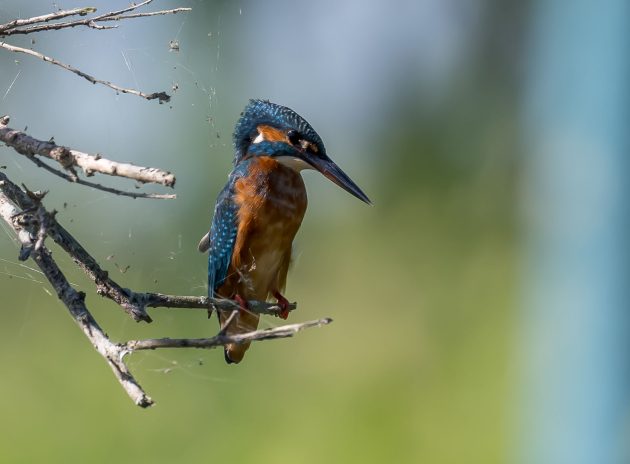
Given the particular tone of its blue color, I can also understand the German name “Eisvogel” (“ice bird”) – though rivers and lakes freezing with ice is actually a major survival risk for Common Kingfishers in colder regions.
Little Grebes hold their family gatherings in the same canals …
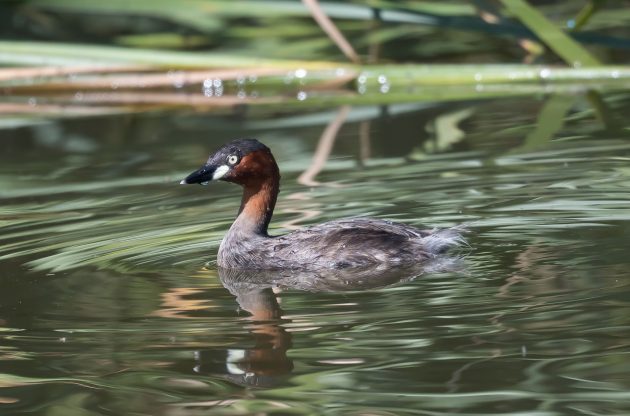
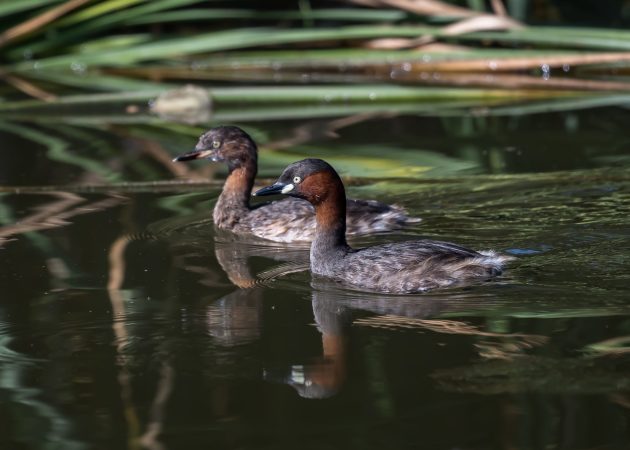
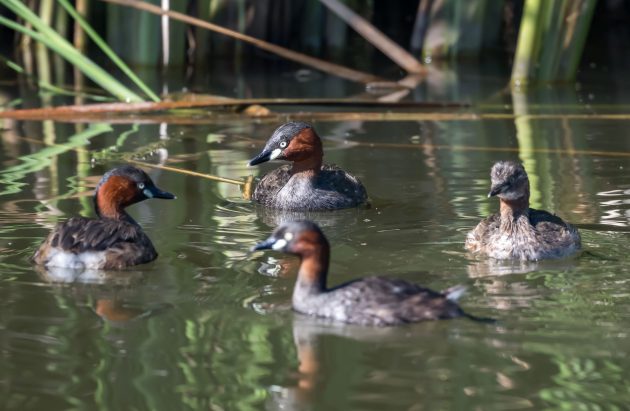
… while Barn Swallows prepare highly inefficient roadblocks next to the canals.
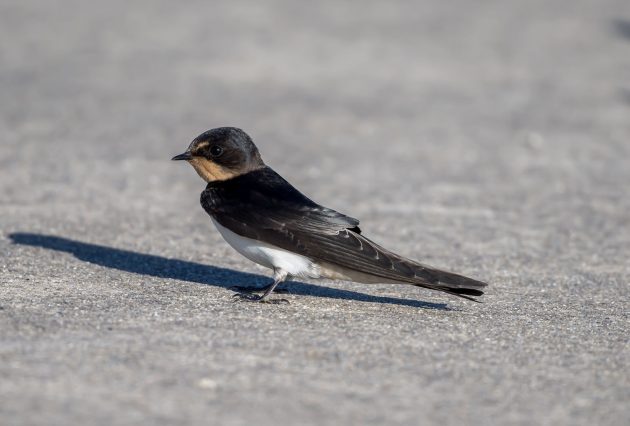
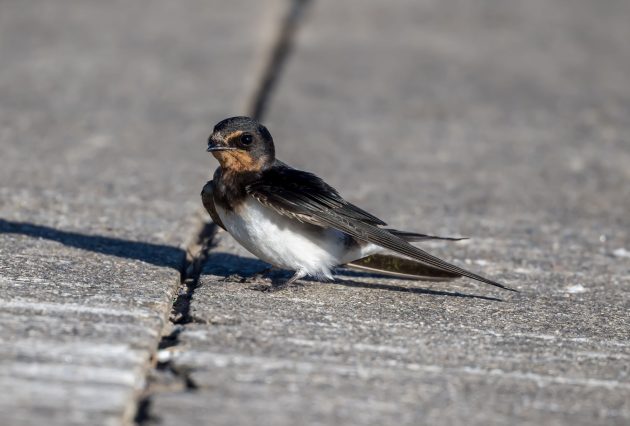
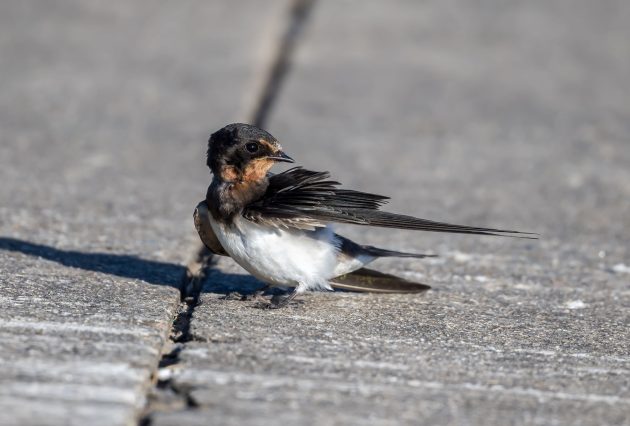
A small number of Grey-headed Lapwings are still visible on the fields or in flight but have more or less stopped vocalizing. Perhaps it is too hot for them.
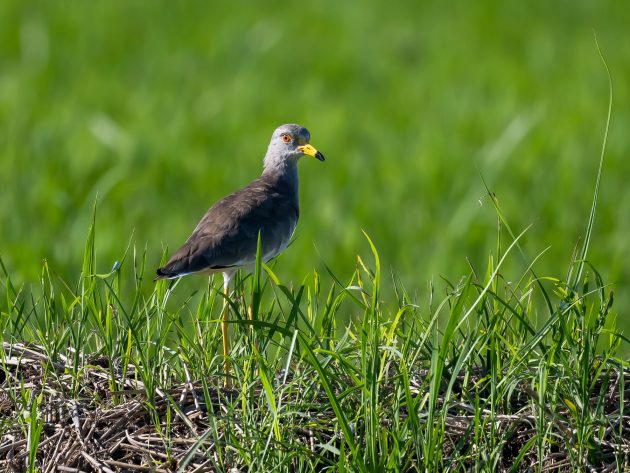
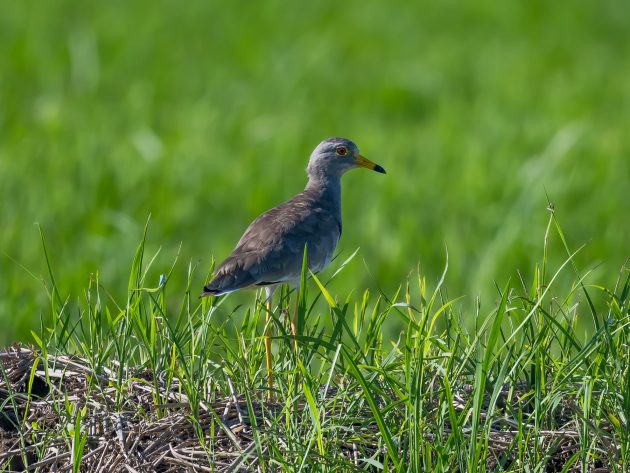
A few Wood Sandpipers which presumably have not bothered breeding (I can relate to that) are distributed over vast rice fields …
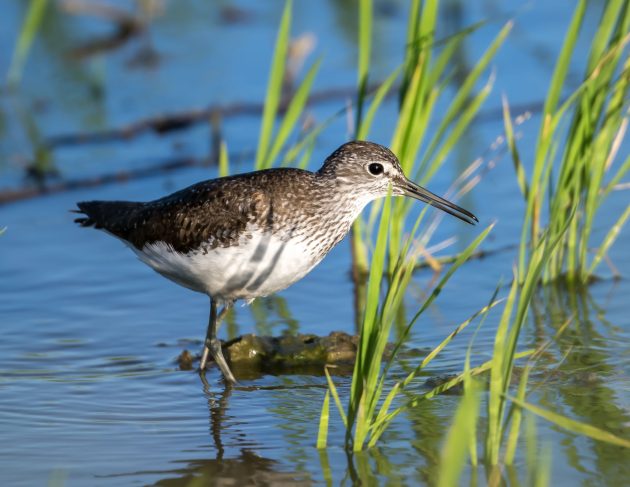
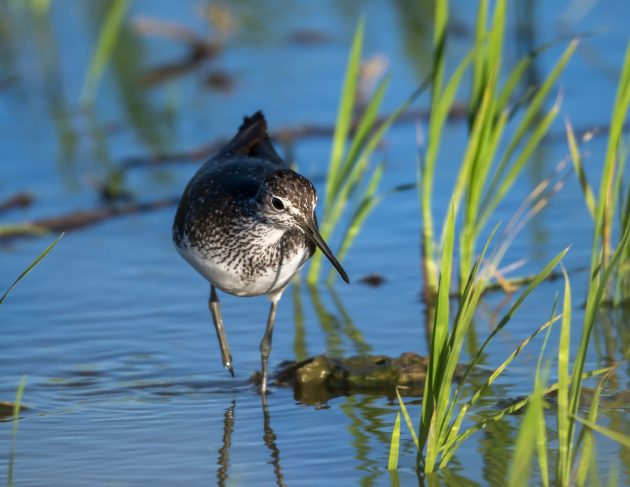
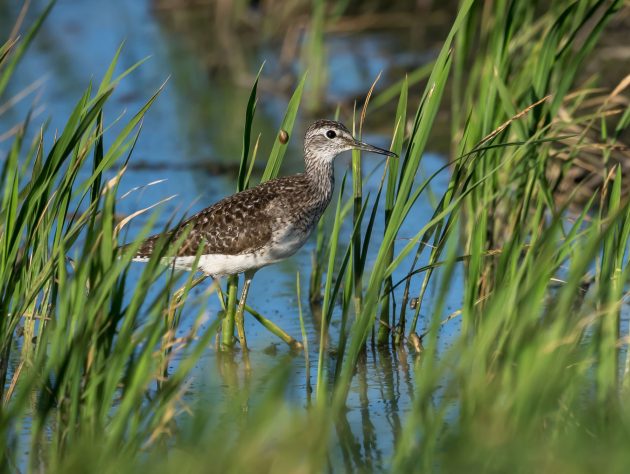
… along with fewer Long-toed Stints …
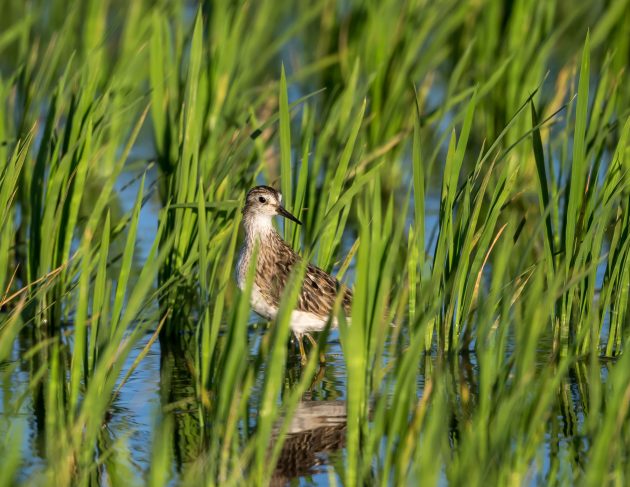
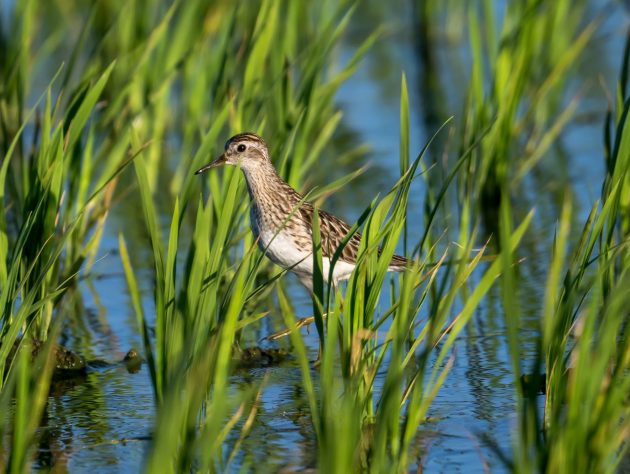
… and even fewer Common Greenshanks.
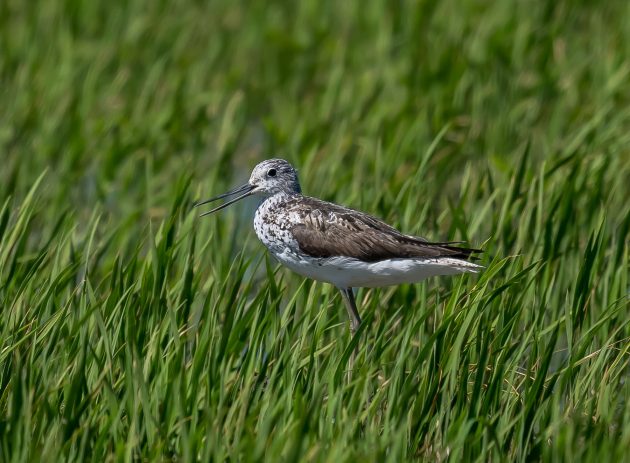
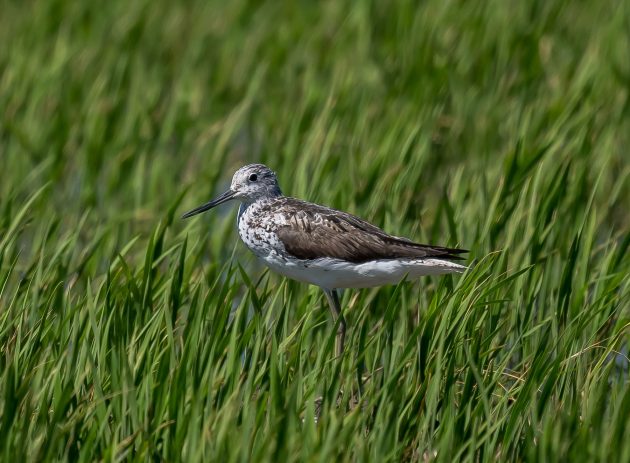
There will be many more of them in August, as well as the first returning passerines near the end of the month. So, the next post might be more interesting again.












It’s dead quiet here in Rotterdam (I have migrated north for the winter) – just some contact calls from the moulting birds in hiding. Smart people go to the beach or Indonesia, I suppose. As always amazing pictures, even in this dreadful season.